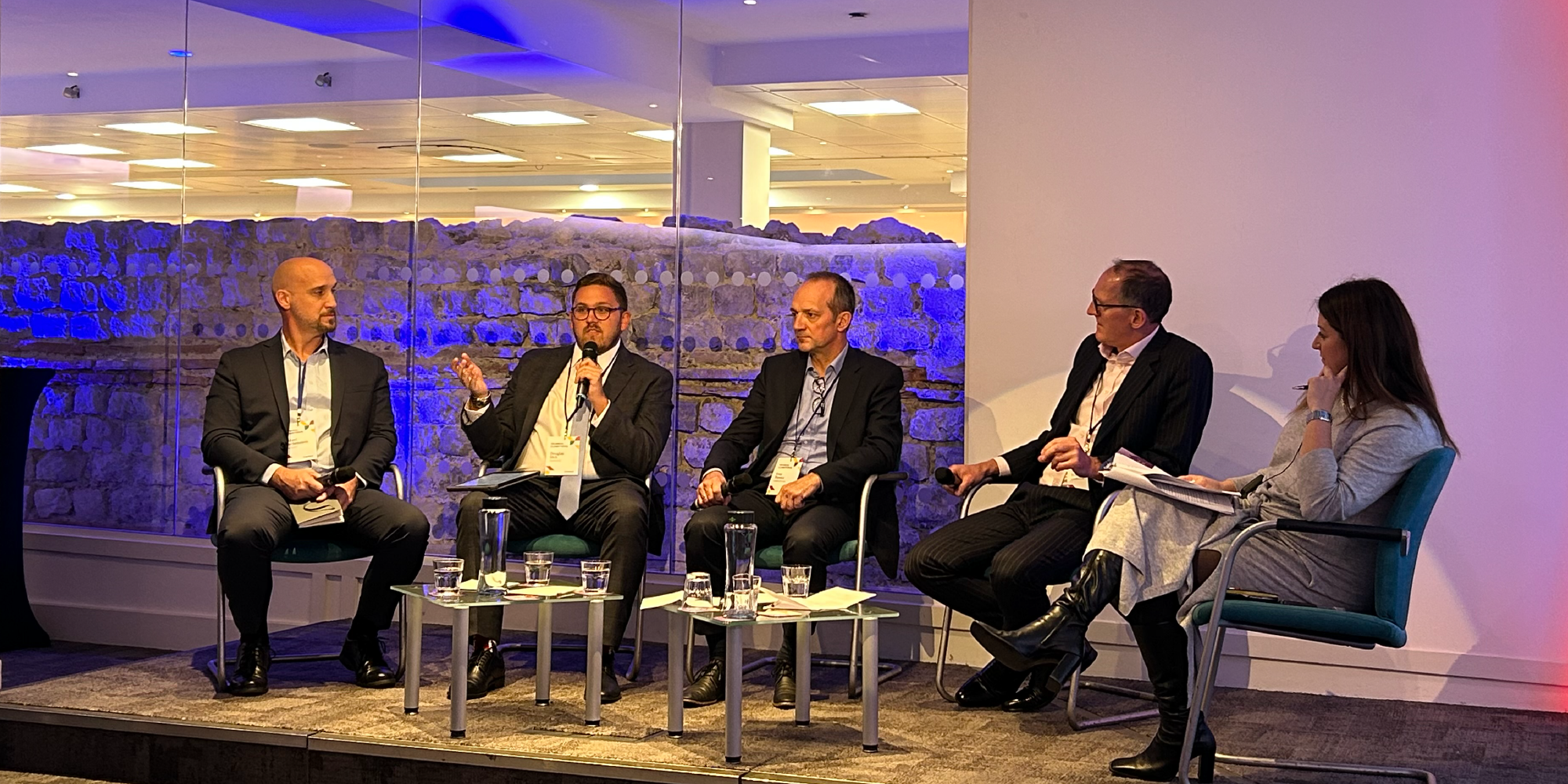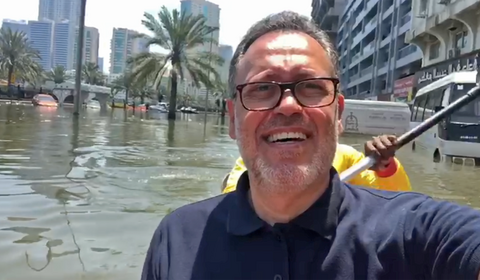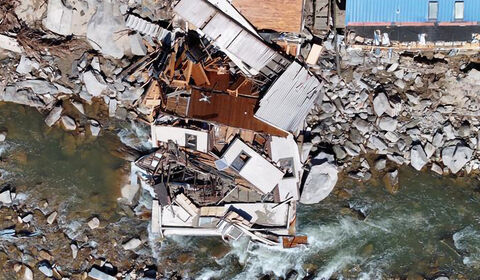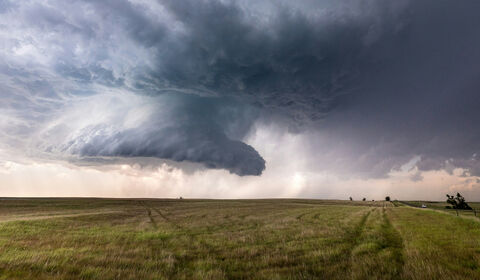Volatility driven by unprecedented extreme weather events is challenging both insurers and the claims management community, with loss adjusters having to be more proactive and think creatively to continue delivering satisfactory claims outcomes.
During an in-depth discussion entitled ‘Weather-driven volatility – not to be ignored’ at the Crawford Technical Claims Forum in London, a panel of experts from Crawford Global Technical Services (GTS) discussed how the claims community is adapting to the ‘new normal’ of climate change-driven catastrophe events.
Panellists agreed that events such as Hurricanes Helene and Milton, North American wildfires, and flooding in Dubai, Central Europe and, most recently, Valencia, offered clear evidence of an uptick in the frequency and severity of extreme weather events.
Douglas Dick, vice president and client success/technical lead at Crawford GTS, noted that with Hurricane Milton being the tenth major storm to hit Florida’s Gulf Coast since 2017 and with a total of 28 weather events in the U.S. in 2023 causing US$93 billion in damage, loss adjusters are having to evolve their approach.
Robert Fleckenstein, vice president of operations for Crawford GTS, agreed saying:
“With multiple events hitting the same areas, even before the previous event has been fully addressed, it impacts the industry’s ability to delineate between original damages sustained and new losses. We have to come up with new and creative ways to meet those challenges.”
With insurance carriers overwhelmed by major events in regions that historically haven’t faced particular loss events – such as the ‘Great Texas Freeze’ and the Dubai floods – they are increasingly looking to loss adjusters for help in dealing with claims.
Being proactive is key in these situations, said Fleckenstein. Loss adjusters have to expect the unexpected and plan for outcomes that are not typical for the location.
This preparedness requires careful management of personnel to ensure the required expertise, knowledge and creative solutions is in place for events, while maintaining close partnerships with vendors to assess their capacity so client demand for engineers following an event can be met.
“The speed of our response is not a challenge – it’s a necessity,” said Paul Handy, executive director, Crawford GTS International.
“Historically, we have taken a fairly traditional approach in Europe to dealing with events, but as an industry we need to get smarter at dealing with events at a global level and learn from our American colleagues, who deal with hurricanes on a yearly basis.”
One of the challenges the industry faces is that regulatory approaches to addressing secondary perils have typically not kept pace with the events themselves.
In Belgium, statutory limits for catastrophe coverage have been steadily rising as authorities attempt to limit government exposure to uninsured losses, with regulators recently pivoting towards a mandated three-month maximum response time for claims, said Yves Thaens, Belgium manager at Crawford GTS.
In the U.S., where some states are also introducing mandatory timeframes for claims resolution, the market has responded by implementing stricter guidelines around claims adjustment, amending policy wordings to create special hazard zones for certain losses and pushing for higher deductibles in order to drive faster claims resolution.
“Those early loss estimates are so important to our carrier clients and to all of the key players – the broker, the wholesalers, the reinsurers and the policyholders,” said Douglas Dick.
Pairing catastrophe models with satellite imagery and other technology is enabling Crawford to assess weather events in real time, to compare the condition of land and assets pre and post-loss to establish ballpark reserves and to refine those initial estimates with the use of drones, when loss adjusters are physically unable to access properties.
However, people remain at the centre of the claims function and Crawford remains committed to creating a clear career path for emerging talent and enabling those with experience and knowledge to pass it on to the next wave of adjusters, said Fleckenstein.
Handy also emphasised the need for empathy on the part of adjusters when dealing with people who have suffered from a loss and personal tragedy in a catastrophe.
“We can look at the process, we can embrace technology to make us more effective. But the empathetic side of things is an extremely important part of our offering, which comes with experience,” he said.



